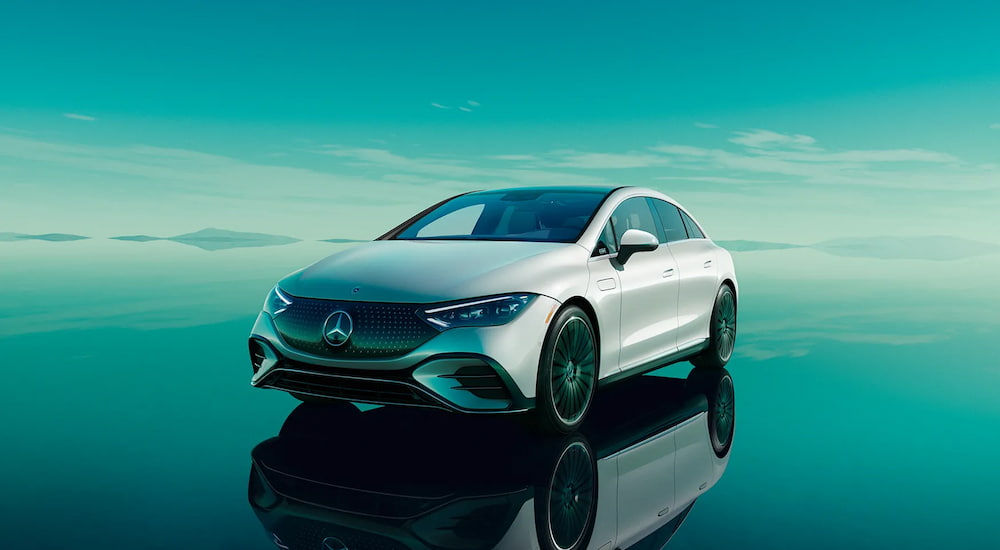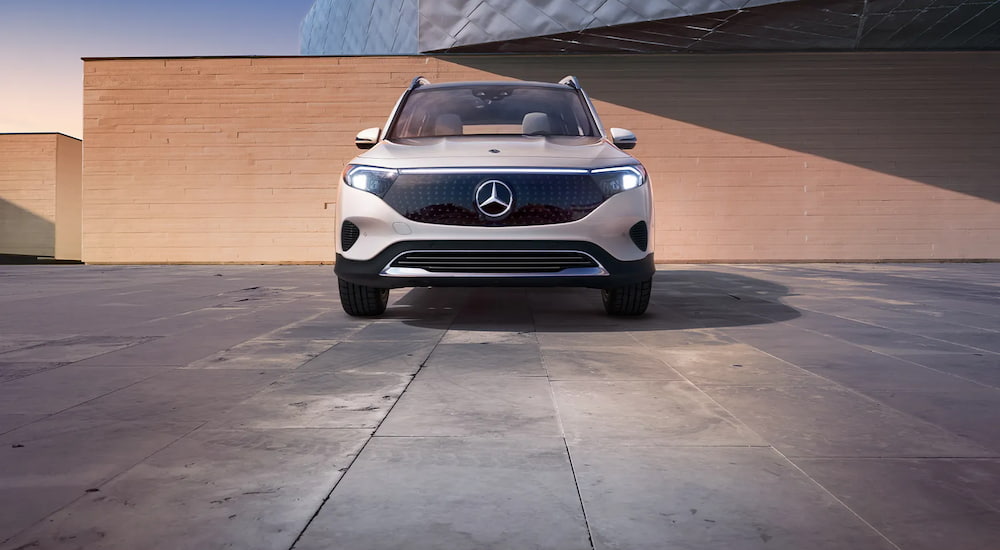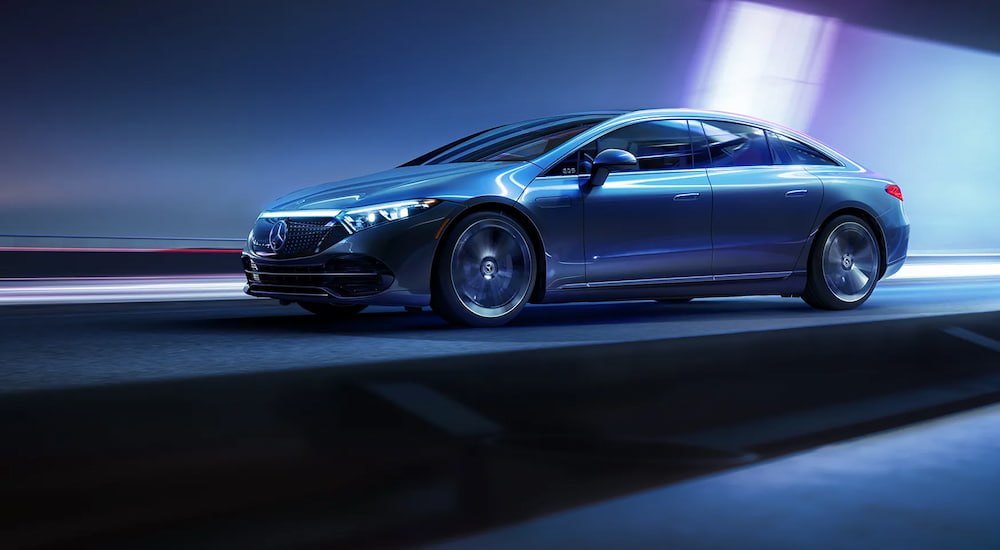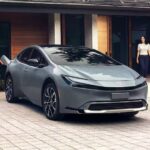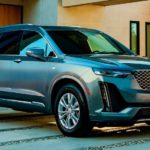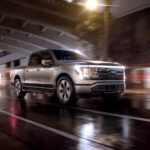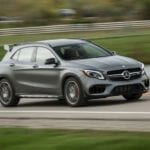The electrification of the auto industry is no longer niche: it’s affecting every corner of the market, from commuter cars to pickup trucks to family SUVs. Go to your local Mercedes-Benz dealer, and you’ll find that luxury brands are also going electric. Mercedes has launched its EQ lineup, which consists of fully electric vehicles of all shapes and sizes. In this guide, we’re going to take a look at how this lineup compares to the gas-powered equivalents they’re based on so you can get an idea of what it means to go electric within the world of Mercedes.
The Lineup
Before we dive into the details, let’s take a quick look at the models you’ll find in the EQ lineup today. The flagship Mercedes EV is the EQS, a full-size sedan based on the S-Class, which debuted for the 2022 model year. It was followed up with the 2022 EQB, a compact SUV based on the GLB. For the 2023 model year, the EQE, a midsize sedan based on the E-Class, joined the party. It was accompanied by SUV variants of the two EQ sedans: the EQE SUV and EQS SUV, both of which share a platform with their sedan counterpart but offer a higher seating position.
That makes three SUVs and two sedans for the 2025 model year, covering a solid range of sizes and ranging in price from around $50k to a little over $100k. That excludes the ultra-luxury Mercedes-Maybach variant of the EQS SUV, a $180k model that debuted for the 2024 model year and exists on a different level than the rest of the EQ models. Because it’s such an outlier, we’re going to leave it aside for the rest of this overview.
Powertrains
Exact specs vary from model to model and from trim to trim, but generally, you can expect between 250-300 miles of range from a Mercedes EQ vehicle. Some models exceed that, like the EQS 450+ and its 352-mile range. The ones that fall short tend to have some kind of trade-off. For instance, the AMG models are focused on performance first and foremost, so while the AMG EQE 4MATIC+ sedan only has 230 miles of range, it can accelerate from 0-60 mph in 3.2 seconds, while the EQS 450+ takes 5.8 seconds. Models that use rear-wheel drive also tend to deliver more range than those that use all-wheel drive. Any vehicle with “4MATIC” in its name will have all-wheel drive, meaning that it has two motors, one per axle, instead of just one. Range and power are also determined by battery size, with more powerful batteries generally providing more horsepower and range.
Exterior Design
Marketing EVs can be tricky, partly because different drivers are looking for different things when considering an electric vehicle. Some people want to leave the past behind and embrace the future with open arms, while others are interested in saving money on fuel or shrinking their carbon footprint but are hoping for as little change as possible. The exterior design of EVs reflects this schism: sometimes, companies do everything they can to make their electric vehicles look new and like nothing before them. Do this to the extreme, and you get the Tesla Cybertruck, but even more mainstream EVs like the Chevrolet Equinox EV take smaller steps in that direction by replacing the shape of traditional headlights with a slim light bar that can provide welcome animations for a sci-fi experience every time you get inside. The Ford F-150 Lighting, on the other hand, has a subtler design that does not advertise its electric powertrain quite so loudly.
Mercedes is splitting the difference between these two approaches with its EQ lineup. None of the EQ vehicles released so far have razor-thin headlights or look like they just rolled out of the world of Tron. That makes sense, given the brand’s luxury identity. Bold design trends can get dated pretty quickly, and luxury brands are much more likely to aim for a timeless aesthetic than to get swept up in the latest fad. Glancing at a row of Mercedes vehicles, the EQ models don’t look particularly out of place among their gas-powered siblings.
That said, they do have some distinct qualities. Some of these are practical, like the body shapes. Since range is such an important factor for drivers shopping for EVs, the electric Mercedes vehicles have more aerodynamic designs, so they aren’t wasting energy fighting against the wind. And Mercedes isn’t trying to make the front ends look as close as possible to their gas-powered equivalents—it is willing to play around slightly with headlight shape, grille design, and the placement of the Mercedes logo, which gives the EQ lineup a distinct, if subtle, identity all its own.
Tech Features
While the exterior design is largely restrained, there is an eye-catching feature in the cabin that differentiates most EQ vehicles from gas-powered Mercedes models (for now, at least). That feature is the appropriately named “Hyperscreen.” The Hyperscreen sits behind a single, curved piece of glass that stretches from the space behind the wheel all the way to the space in front of the front passenger seat. Behind this glass, there are three screens: a digital gauge display, a central touchscreen, and a passenger display. It can be controlled with natural voice recognition, uses multiple actuators for haptic feedback, and has multiple CPU cores to help power all of the features it offers, including AI that provides suggestions based on your personal habits.
The Hyperscreen made its debut on the 2022 EQS sedan and can also be found on the EQS SUV and both the sedan and SUV variants of the EQE. While it’s an EQ-exclusive feature for now, it’s unlikely to stay that way for long. The 2024 E-Class already received a similar setup known as the “Superscreen” for its latest generation; although the digital gauge display isn’t connected to the interface using a single sheet of glass, the gas-powered vehicle does have a passenger display that connects to the central touchscreen, reminiscent of the Hyperscreen layout. As other models get refreshed in the years to come, this type of layout may become the new normal.
The Future of Mercedes-Benz
From the 2021 to the 2023 model year, the lineup of vehicles sold by Mercedes in the US went from having no electric vehicles to having five distinct models. That’s some pretty fast growth, and there are signs that Mercedes plans to continue expanding its EQ lineup to cover other segments in the luxury auto market. In fact, there’s already another EV slated to be released for the 2025 model year: the G 580 with EQ Technology. This EV version of the G-Class off-road SUV will offer a luxury alternative to the upcoming Jeep Recon EV, with a classic boxy body and a powertrain that Mercedes claims will deliver up to 859 lb-ft of torque to help drivers tackle tough terrain.
We don’t doubt that other electric Mercedes models will follow as electrification continues to transform the auto industry. Luxury brands won’t be exempt from laws already in place in California and Europe that are designed to phase out internal combustion engines, and it looks like Mercedes is leaning into this green future with a lineup that transitions to a new form of energy while retaining the automaker’s aesthetics and sensibilities. The EQ lineup overall offers practical range and solid driving dynamics paired with innovative tech and understated exterior design, a winning combination that Mercedes will no doubt continue to strive for as it adds new EVs to its list of offerings.
